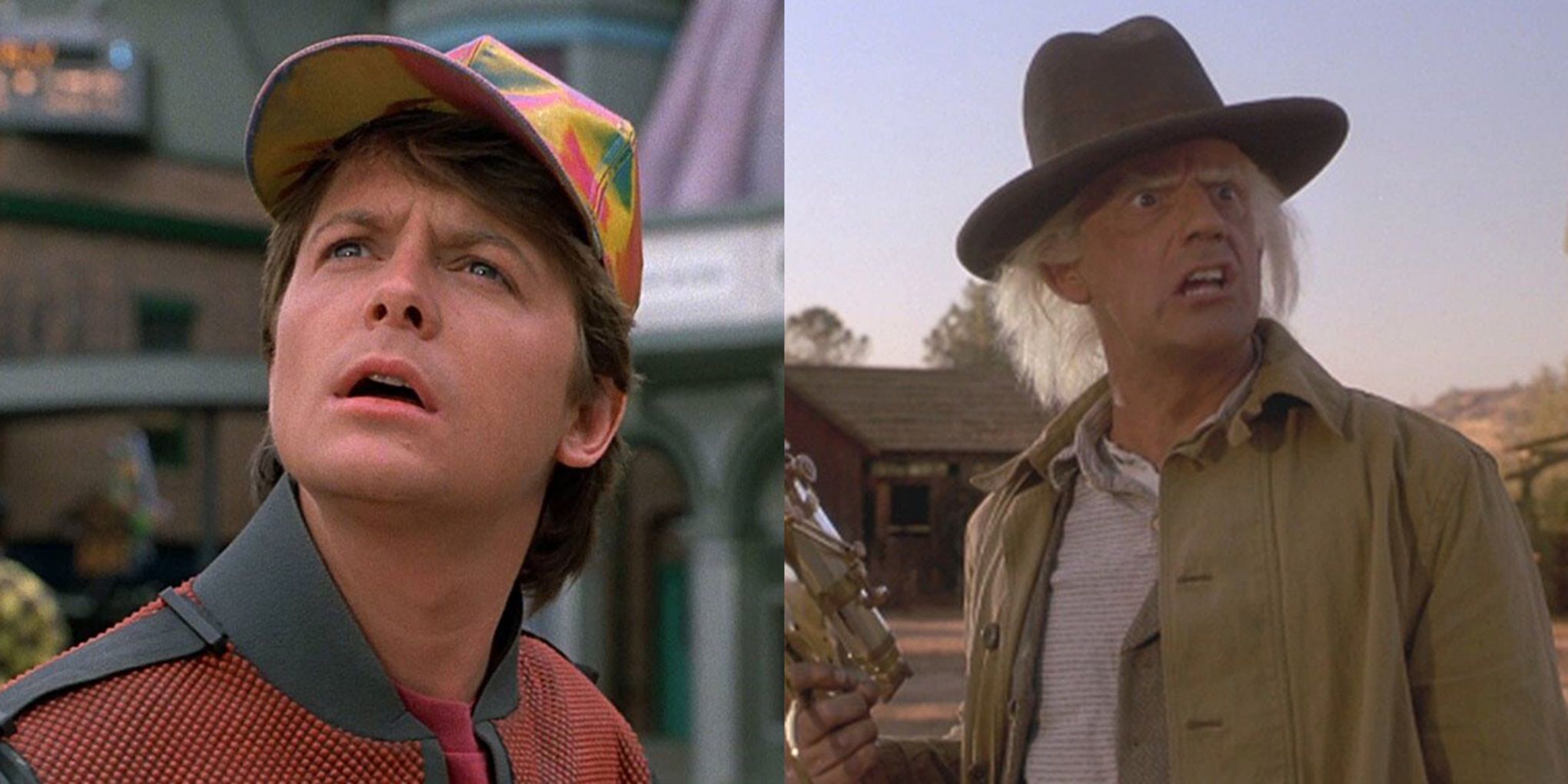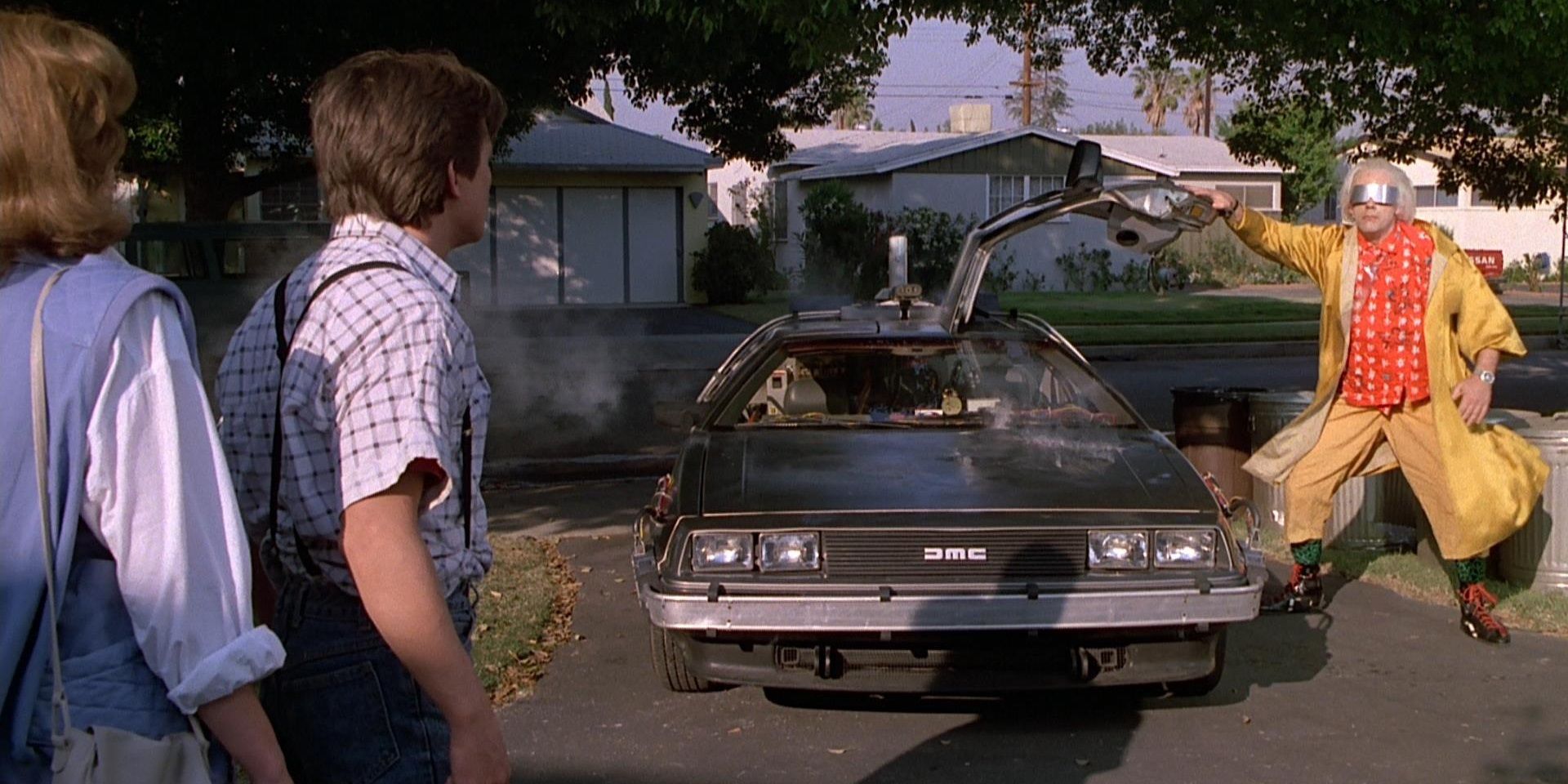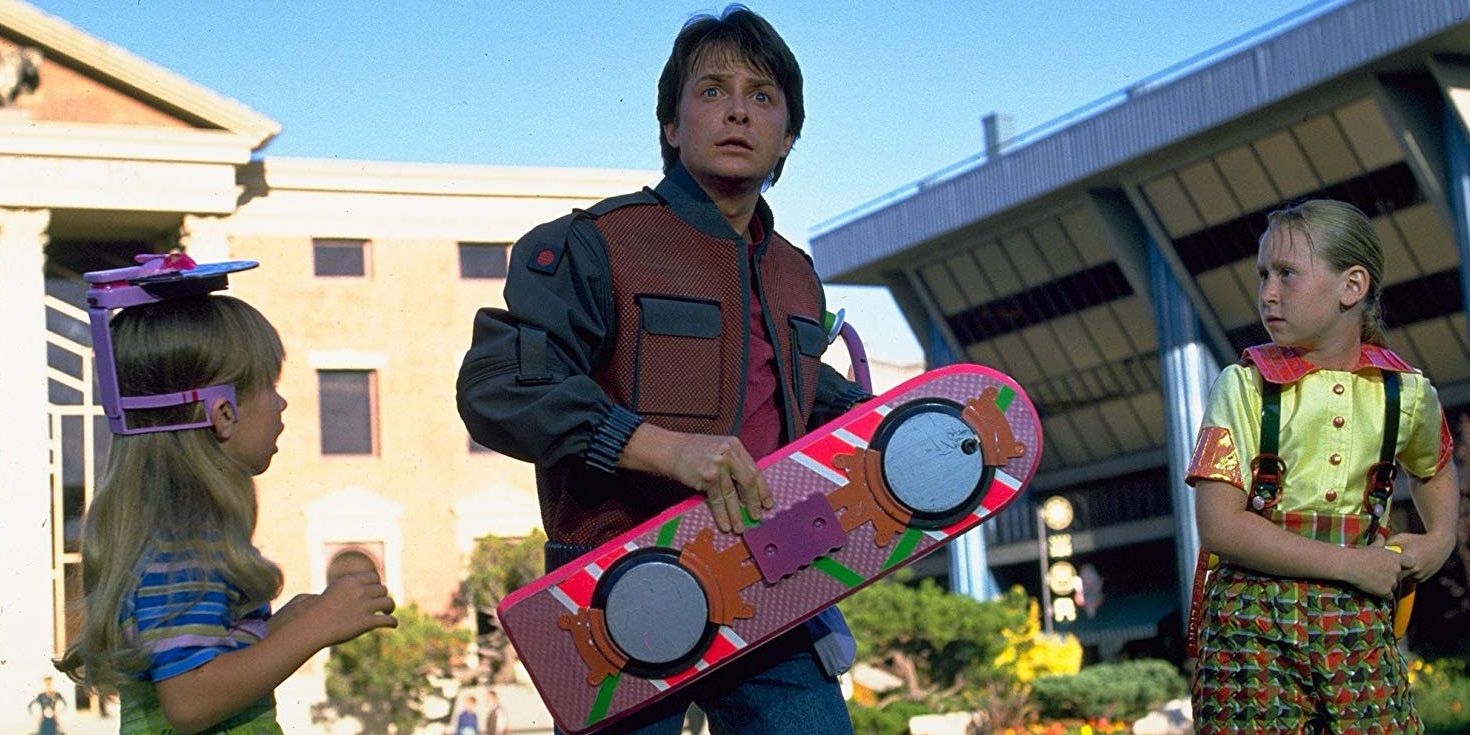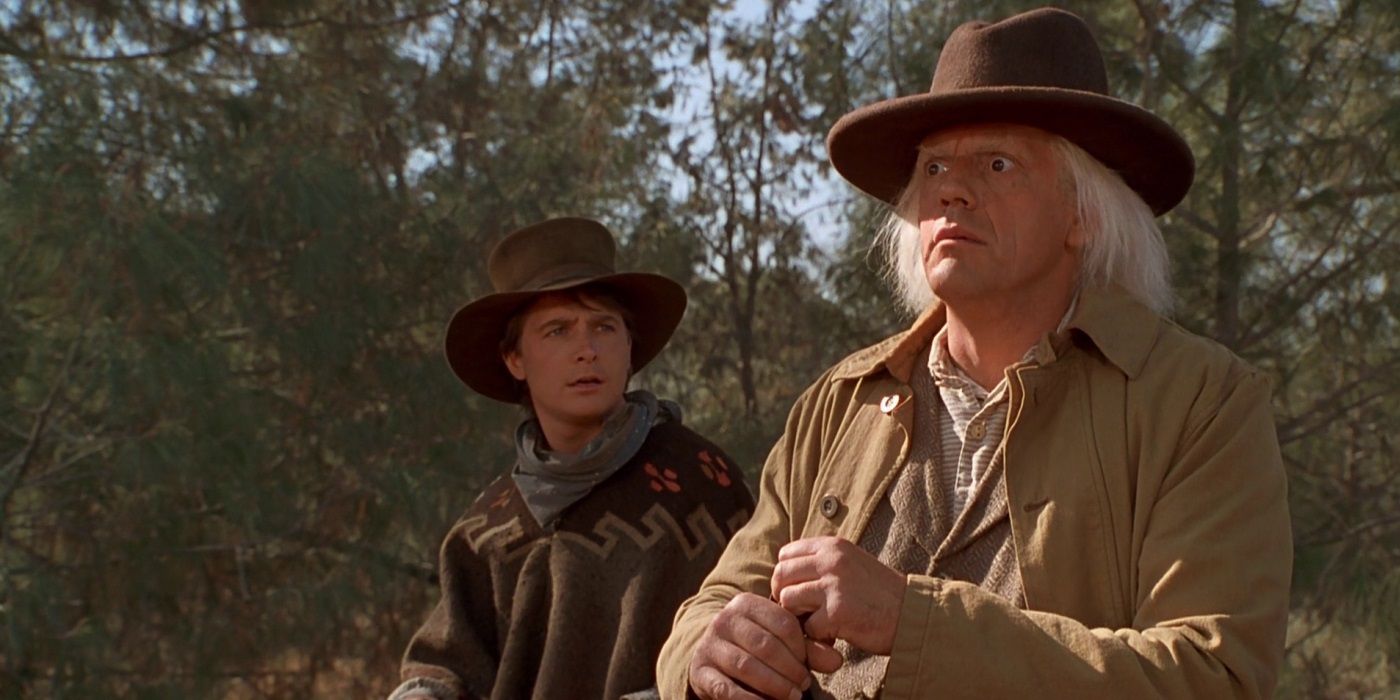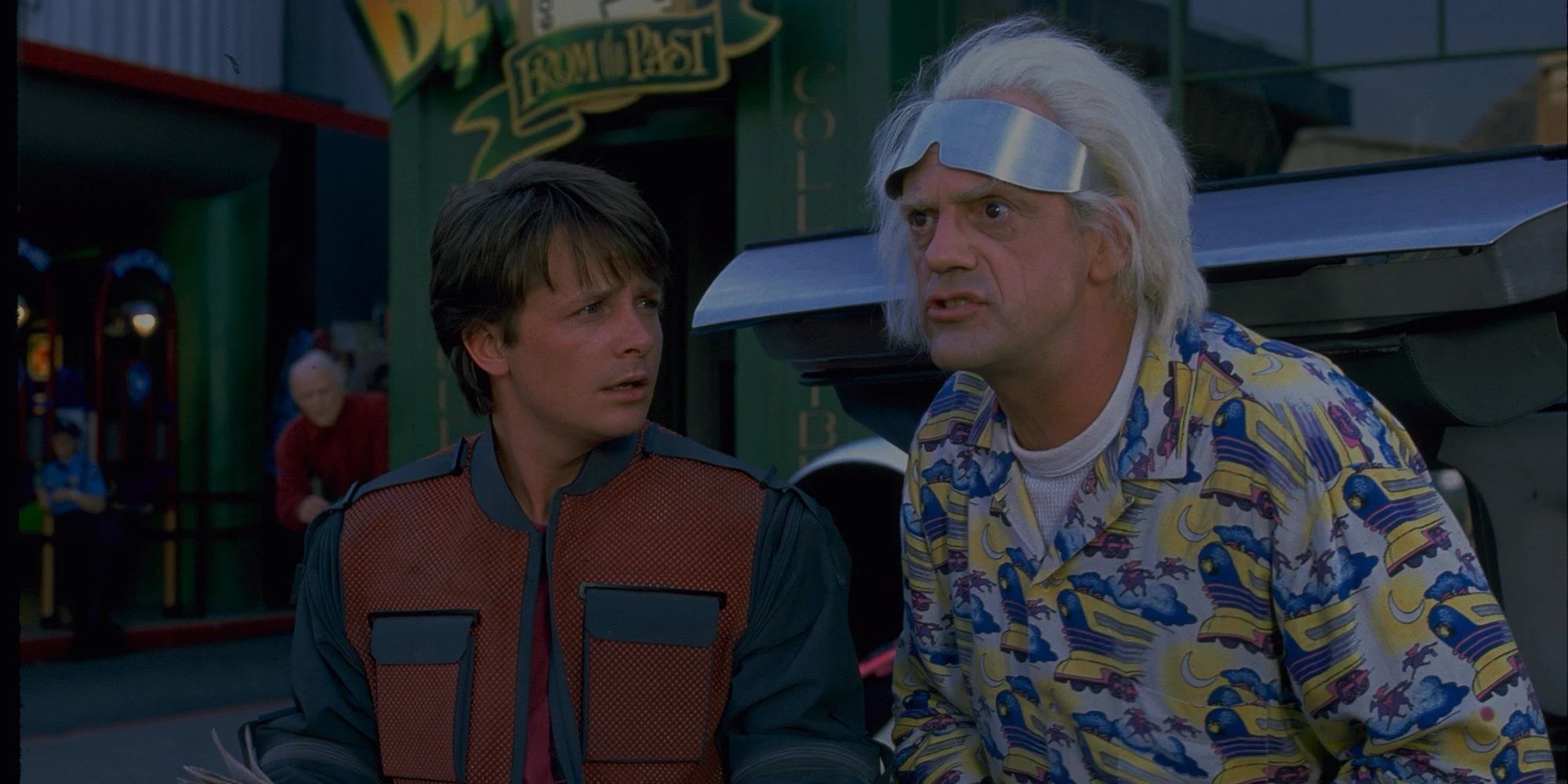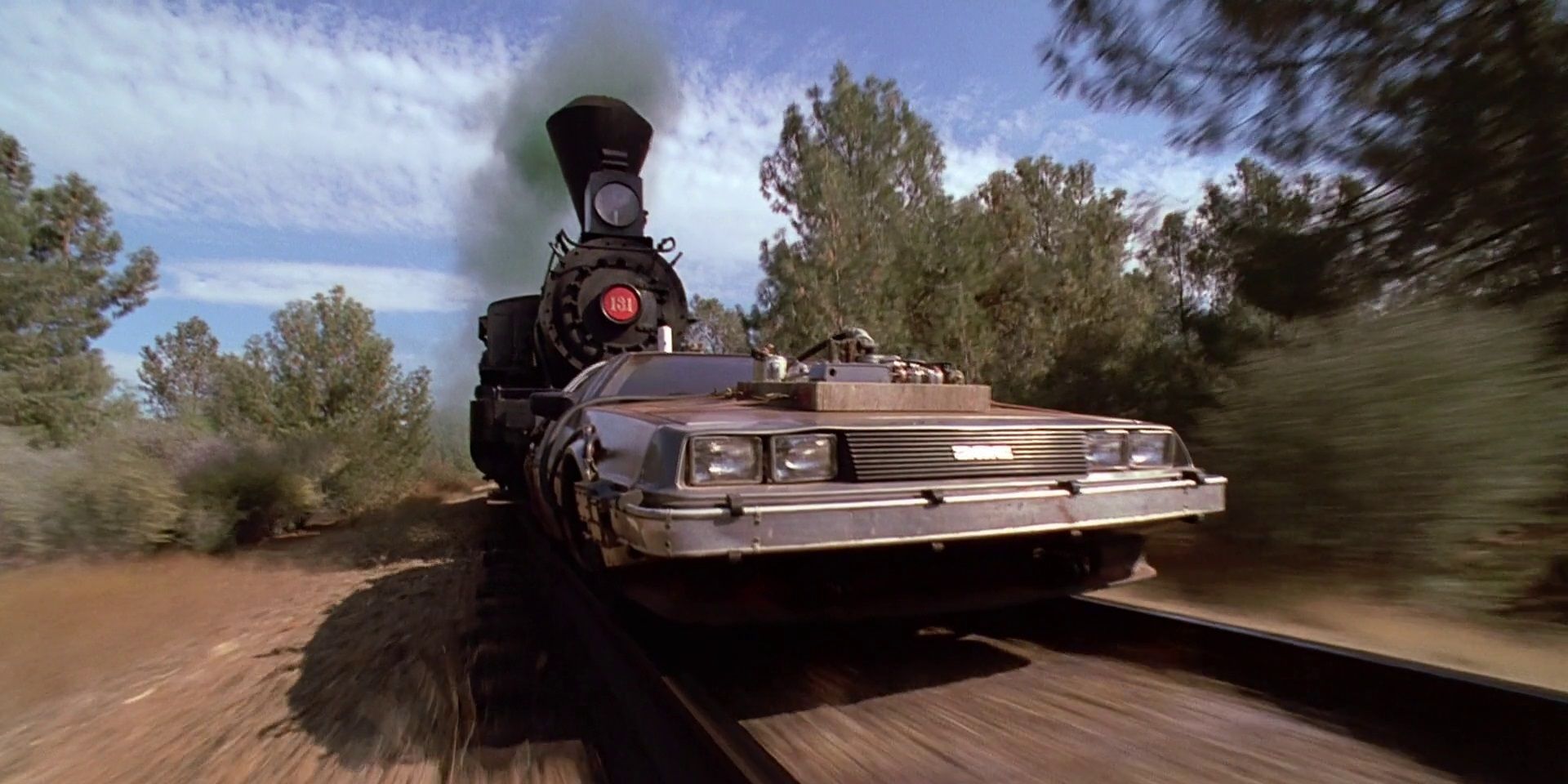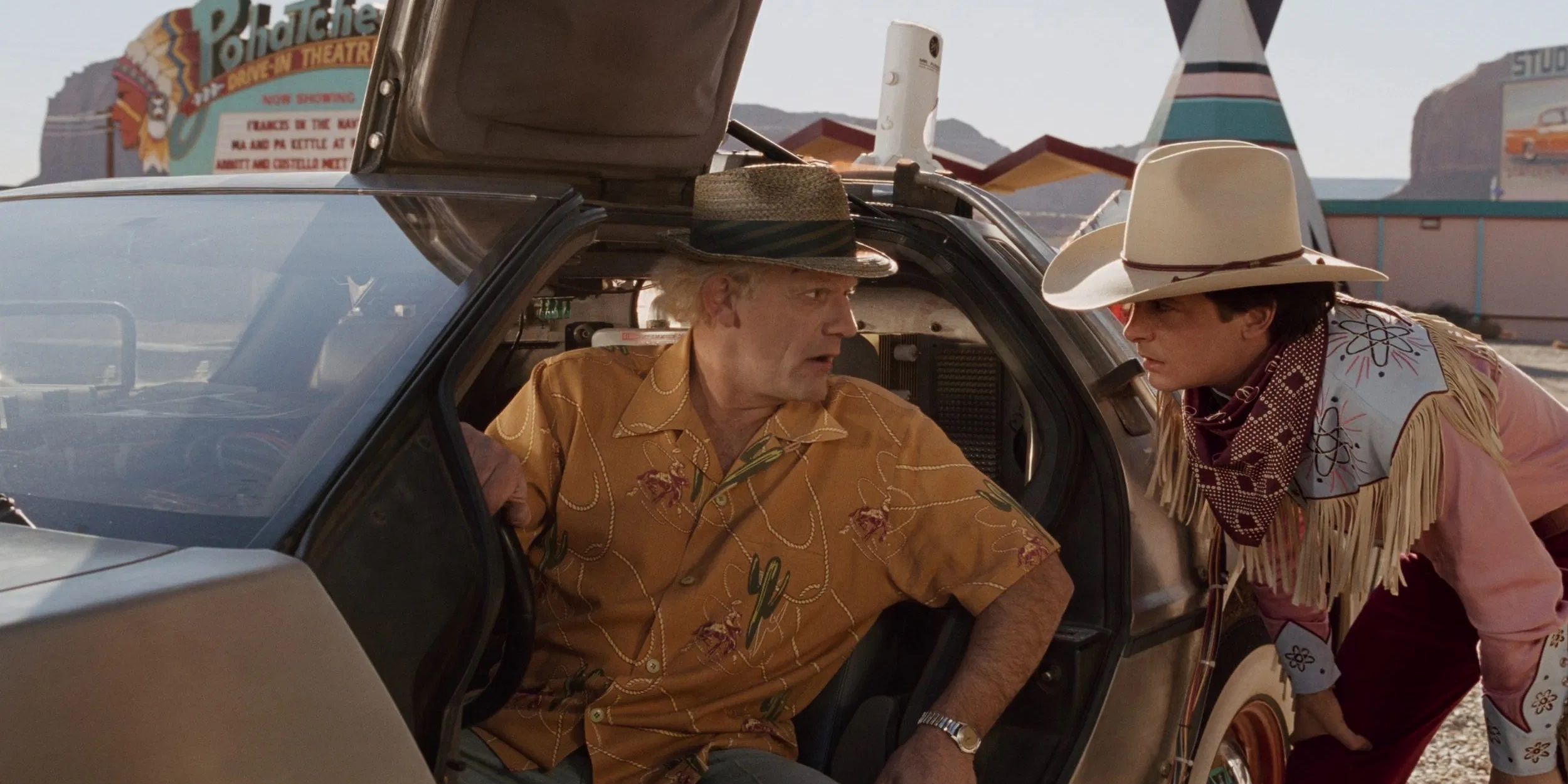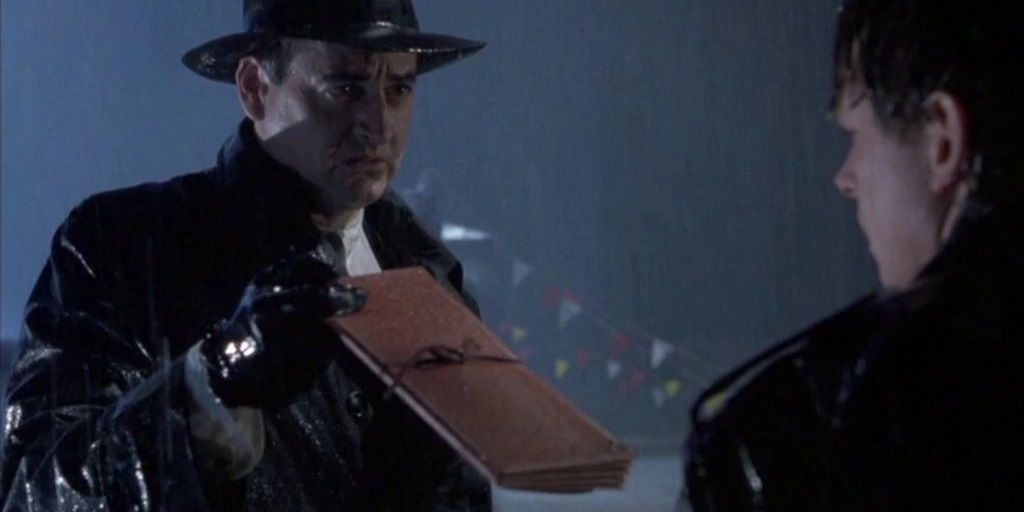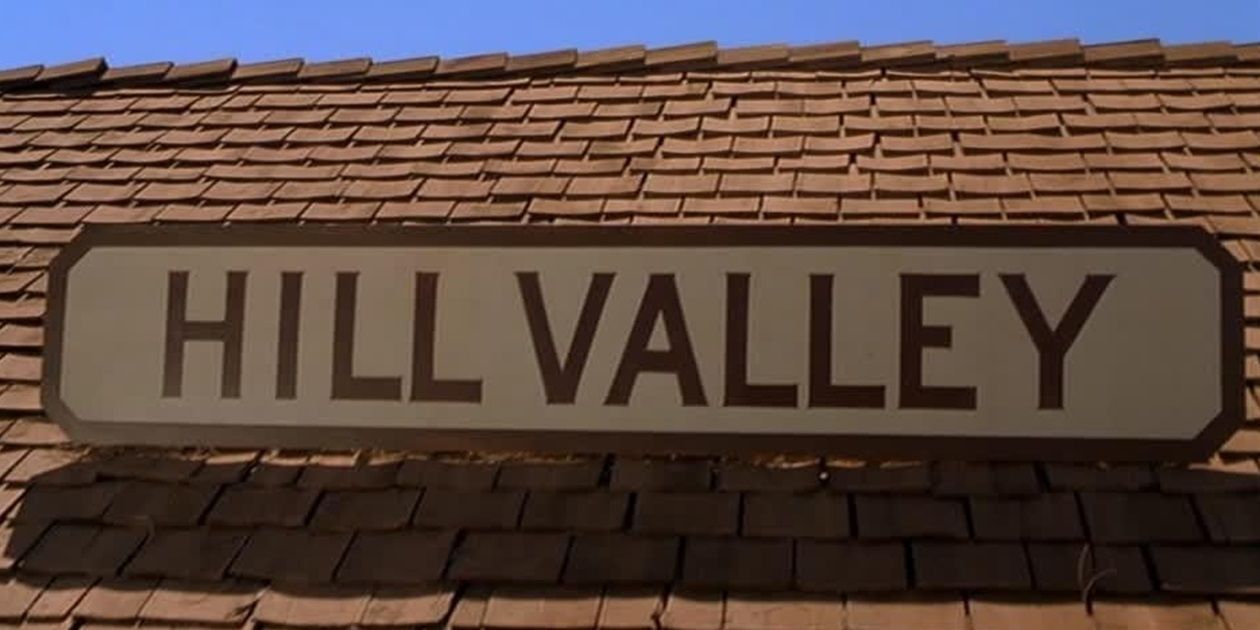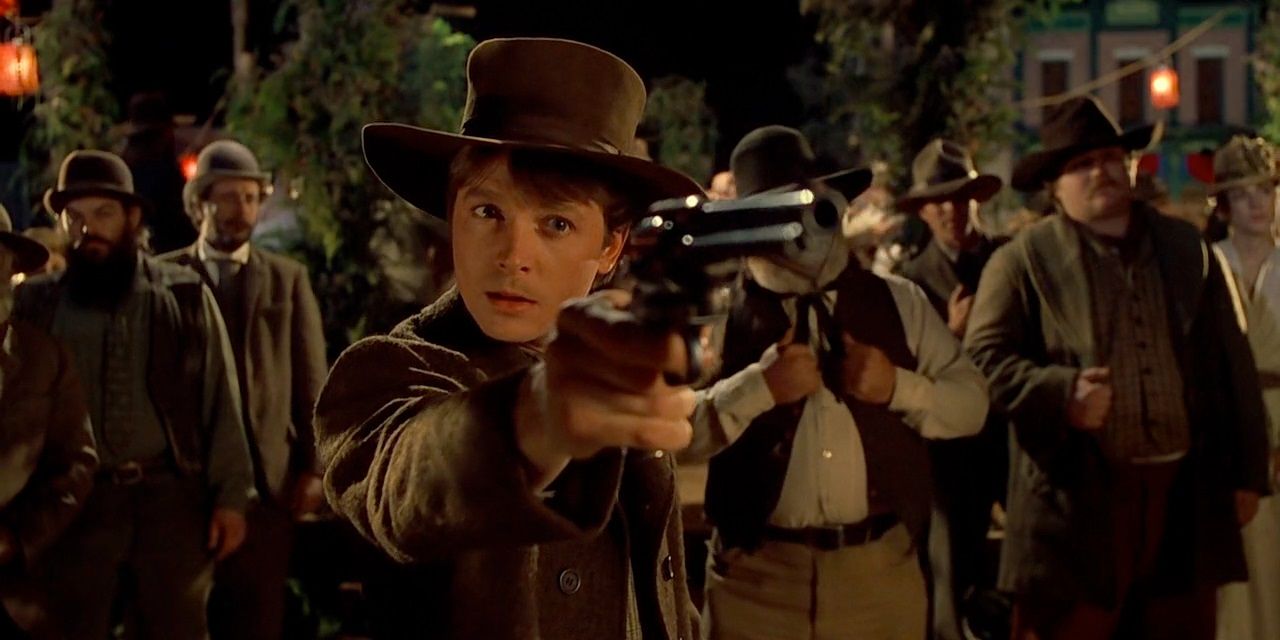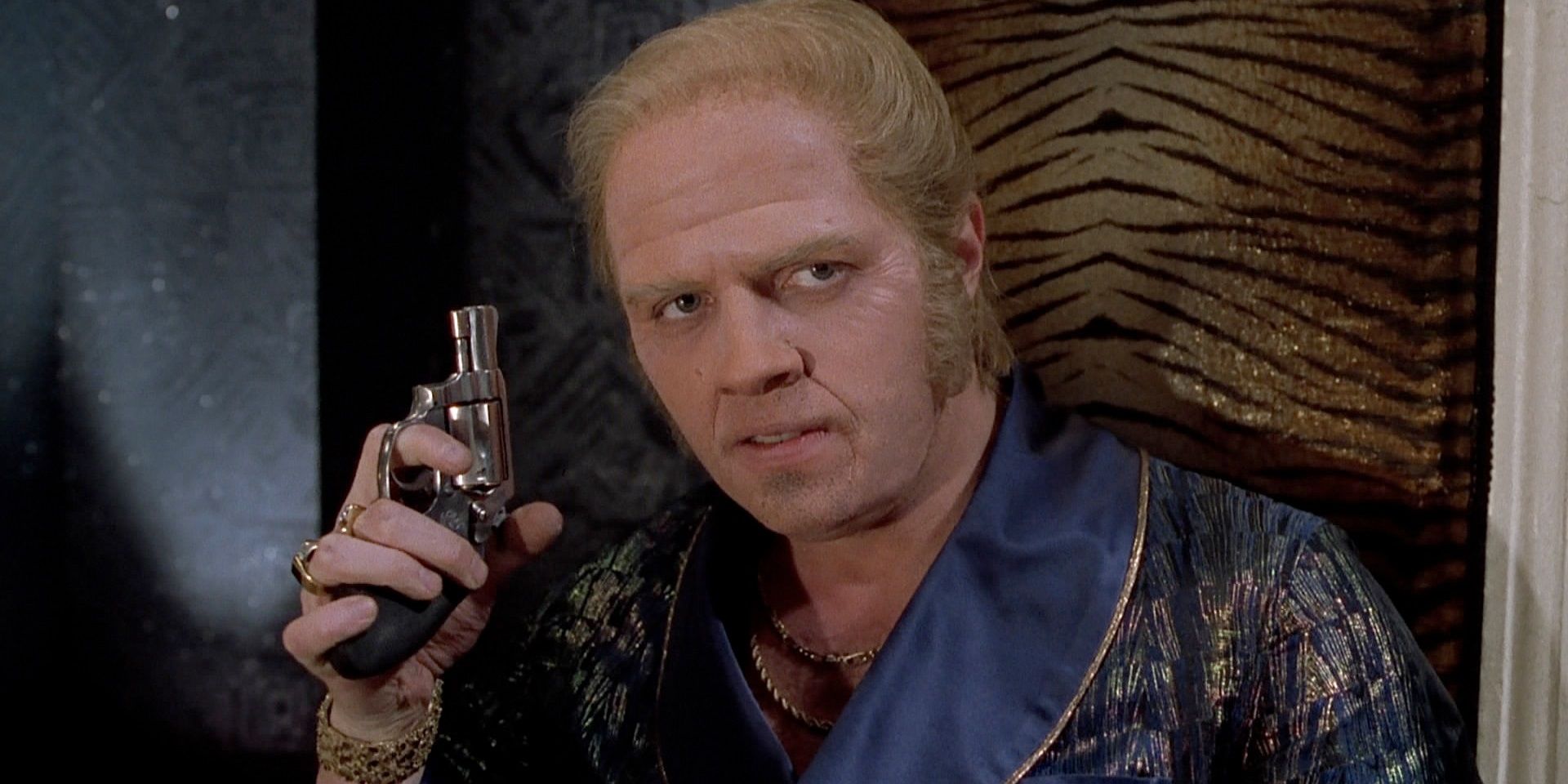Robert Zemeckis’ original Back to the Future movie is an untouchable masterpiece. Everything in that film, from the storytelling to the performances to Alan Silvestri’s score, is as perfect as it can be. Unsurprisingly, the two sequels that Zemeckis made to round out the trilogy faced a lot of scrutiny from critics who felt that they paled in comparison to the original.
But that’s somewhat unfair because any movie would pale in comparison to Back to the Future. It gives Casablanca a run for its money. There’s a lot to love in the Back to the Future sequels, despite their flaws.
Right: Picking Up Where The First One Left Off
The first Back to the Future movie ended with an exciting cliffhanger as Doc told Marty and Jennifer, “Something’s gotta be done about your kids!” They got in the DeLorean and flew off into the future.
The sequel picked up where the first one left off, recreating the scene with a new actor playing Jennifer and following up on it with a trippy future-set first act in which Jennifer encounters her older self and Marty saves his dopey son from becoming a criminal.
Missed The Mark: Overusing Chase Scenes
For some reason, almost every set piece in the Back to the Future sequels is a chase scene — particularly in Part II, as Marty follows the almanac around Hill Valley. Some of these scenes are thrilling, but there are so many that they become repetitive.
There was a brief shakeup in Part III as the characters doing the chasing switched from cars to horses, but it wasn’t enough to separate itself from the familiar type of suspense.
Right: Doc And Marty’s Dynamic
The friendship shared by a teenage boy and an old man wasn’t explained any better in the sequels than in the original movie, but the exact backstory doesn’t matter because Michael J. Fox shared incredible chemistry with Christopher Lloyd across all three movies.
The characters’ dynamic was the most fun element of the original, and that dynamic was the gift that kept on giving across the two sequels.
Missed The Mark: Part II’s Overcomplicated Plot
The second Back to the Future movie has a more complicated plot than the original, as Marty returns to the Enchantment Under the Sea dance in 1955 and has to avoid the other version of himself as he tries to retrieve the almanac.
The complications of Part II are layered on top of the complications of the first movie. Doc’s explanation of how alternate timelines work is beyond baffling.
Right: High Stakes
What made the first Back to the Future movie such a nail-biter is that the stakes were so high. The tiniest hiccup in the plan would have had devastating consequences. If the DeLorean didn’t channel the lightning bolt at the exact right second, Marty would’ve been stuck in 1955.
Biff’s rise to power in the second movie and Doc getting marooned in the Old West in the third ensured that the sequels maintained these high stakes.
Missed The Mark: Part III’s Oversimplified Plot
While Zemeckis and co. learned from overcomplicating Part II, they went too far the other way and oversimplified Part III. The threequel is primarily a love story between Doc Brown and Mary Steenburgen’s character, with the time travel taking a backseat.
Doc and Marty plot to hijack a train and use it to get the DeLorean up to 88mph on the rails, but it goes off almost without a hitch, going through the motions.
Right: Part II’s Cliffhanger Ending
One of the most memorable cliffhanger endings in movie history comes at the end of Back to the Future Part II. Marty has finally gotten the almanac from Biff and the present is restored. And then, the DeLorean gets struck by lightning and disappears out of the sky.
Then, a courier from Western Union shows up with a 70-year-old letter they’ve been holding onto with very specific instructions. The letter says that Doc’s in 1885, setting up Part III as a time-traveling western.
Missed The Mark: Ending Part II With A Trailer For Part III
Robert Zemeckis doesn’t leave well alone and just let Back to the Future Part II end on its mind-blowing cliffhanger like The Empire Strikes Back. Instead, he ends the movie with a trailer for the next one, spoiling a bunch of plot points by dropping audiences right into the middle of the second act when the whole movie’s set up.
Shooting the sequels back-to-back made this possible, but Zemeckis was so preoccupied with whether or not he could, he didn’t stop to think if he should.
Right: Making Part III As A Western
Apparently, Robert Zemeckis got the idea to make the third Back to the Future movie as a western when he asked Michael J. Fox on the set of the first movie which historical era he’d go to if he had a time machine. Fox said he’d go to the Wild West, so Zemeckis wrote that into the big finale.
Mixing the science fiction and western genres doesn’t always work out (just look at Cowboys & Aliens), but Back to the Future Part III does it wonderfully, culminating in a thrilling train robbery sequence.
Missed The Mark: Losing The Original’s Universal Emotions
Bob Gale didn’t get the idea for Back to the Future by meditating on the possibility of time travel and its implications on the world at large. He got the idea when he saw a picture of his dad in high school and wondered if they’d have been friends if they were teenagers at the same time.
The emotions in Back to the Future are universal. Everyone can relate to Marty’s quest to make sure his parents get together so he won’t cease to exist. The conflict in the sequels was less relatable.

